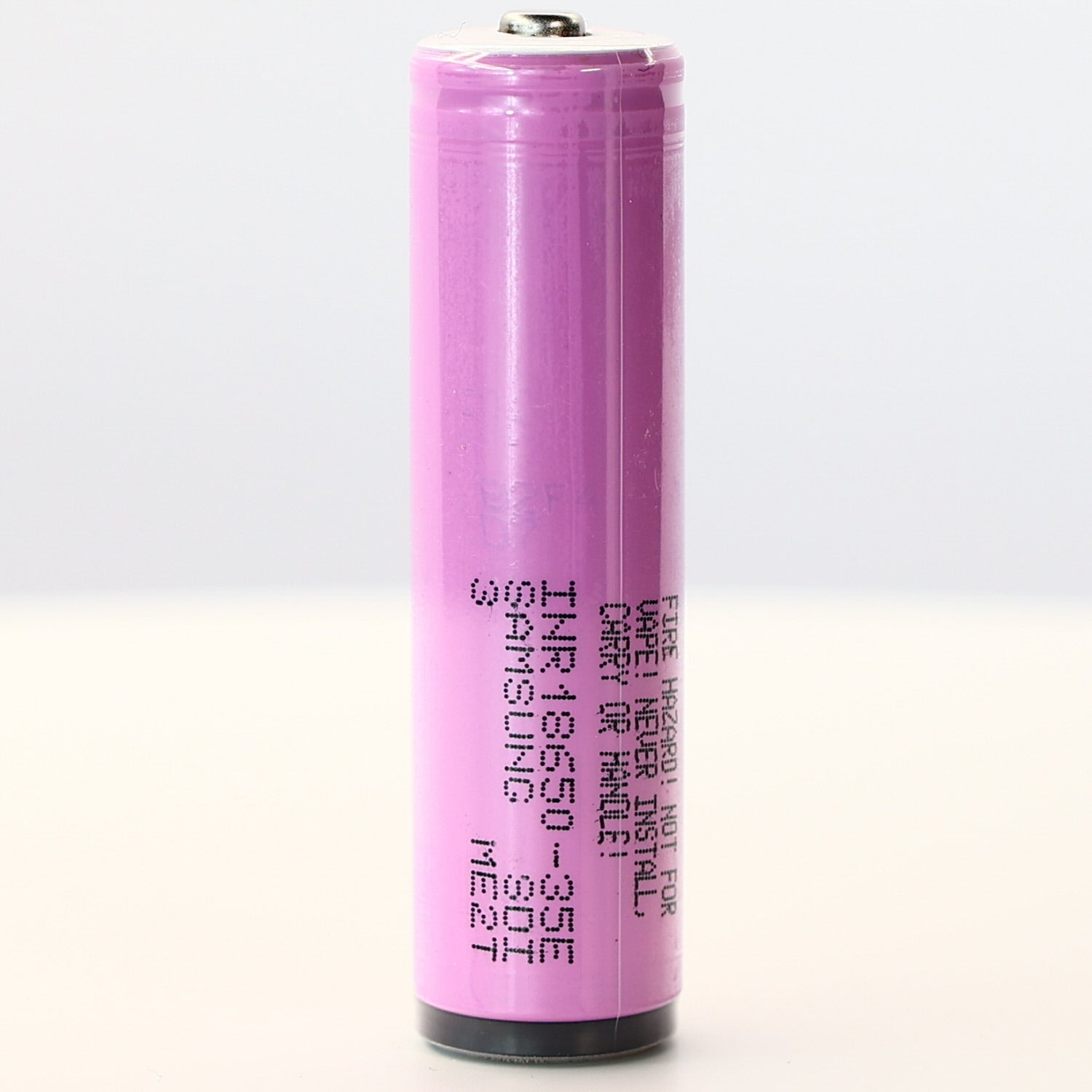One of the considerations with the cells is the protection from over discharge. They should shut off and not allow to be discharged to flat. This is done through the BMS circuit that is on the cell when it is typically packaged as a button top cell. It will vary by manufacturer but the BMS should shut off typically from 2.0-2.5 volts.
I've been happy using cells from Orbtronic. The use Japanese cells in their construction and they have proper shutoff cell protection verified with my own testing. For charging I use a Nitecore UMS2 charger.
I use my West Mountain Radio CBA IV for testing some 18650 and 21700 cells. I can assign it a load and it will chug along draining the cell at the assigned rate. Following is a plot of such a test. I used three different 18650 Li-ion cells, a couple Victagen 3200 mAh, an Ultralast 3400 mAh, and a couple Orbtronic 3500 mAh cells. The graph clearly shows the BMS cutting off the cells for the Ultralast and the Orbtronic at about the 2.1-2.2 volt mark. The Victagen just wanted to keep on trucking until my pre-programmed cutoff at 1.5V. Once the Li-ion cells get below 3V they start to tank quickly. They hold a fairly flat discharge rate compared to alkaline or lead acid batteries, but once they start to turn, it's an exponential drop.
The Victagen cells make it to 81-84% their rated capacity even when tested at a .2C (C being the Ah rating of the cell) draw rate. This along with their lack of cutoff protection leaves for much to be desired. The Ultralast tested to 96% of rated capacity and the Orbtronic cells to 95%. Really, not enought of a difference to make a difference.
A pair of Orbtronic 18650 3500 mAh cells sell for $26 from Orbtronic, and the Ultralast are sold for slightly more to considerably more depending on retailer ($13.50 from zbattery.com to $31 from Grainger). The Victagen cells came from Amazon with a charger for $23. A prime example of you get what you pay for, the stereotypical cheap Chinese junk.

www.18650batterystore.com






